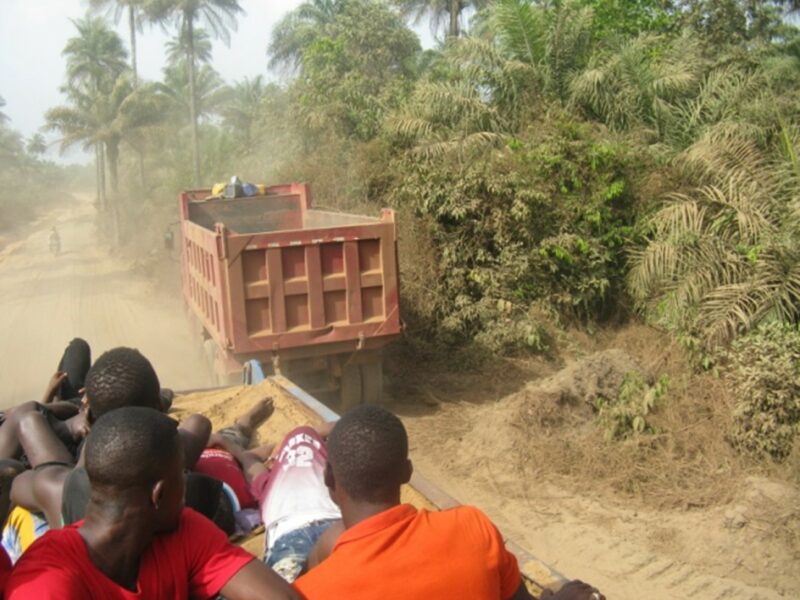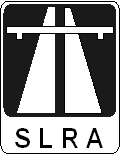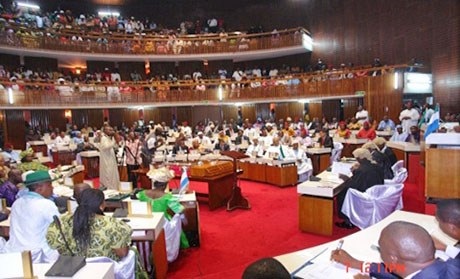SLRA steps it up but still has challenges ahead
The growth and development of a country must be linked to the infrastructural development, especially its road network. When a country has good road network, it is bound to experience economic growth. Take for instance; when there are good roads, a nation stands the chance of facilitating trade with other countries. Â Sierra Leone is blessed with fertile land; Sierra Leoneans are committed to agriculture, but they will only be able to go into full scale agriculture, when there are good roads across the country.
Let us be practical here; when, say, Kailahun, in the far east of Sierra Leone  is properly  linked to other parts of the country, goods and ‘local produce’ in Kailahun will not be taken to Liberia or Guinea for sale, but rather farmers will opt to come down to Freetown, or go to Makeni, for trading purposes. In this regard, there will be enough local food stuff like groundnut, palm oil, cassava, potato et.al which will go a long way in addressing the food security drive of the nation.  We have seen how some of our traders would prefer taking their ‘produces’ to other countries simply because they cannot afford to pay exorbitant transport cost  to bring their products to Freetown.
When the roads are bad, it will affect transportation. Â So, this justifies why a nation should bank on improving its road network. Not only that, a good road network will also ensure social and family links between and among communities; a Mendeman from Kailahun, coming down to Makeni for trading purposes will definitely meet new friends, and in the process, help in bridging the perceived tribal and regional north-south political divide that we have remained to experience for years .So, with proper road infrastructure, it will also help to unite a nation like ours. And this is where I definitely would give credit to the Sierra Leone Roads Authority (SLRA). Â
I need not overstate that point that SLRA had lived up to my expectation, just like a number of other public institutions. I attempted to investigate how it all came about, and I was able to learn that, “the Department of Works (DOW) was up to 1992, directly responsible for the planning, design and construction of all designated public roads in the country. This responsibility was in addition to other public maintenance activities, such as the maintenance of public buildings and inner channels and ports, with which the Department was charged. That, “under the circumstances therefore, the DOW became encumbered with more functions than it could handle, in addition to carrying an alarming labour force. This in essence meant that there were very limited resources that could have been dedicated to any effective maintenance of the road network.
The shortfalls of the DOW became clear, especially during the implementation of the first and second highway projects of 1971 and 1981 respectively. “These were both programmes of road rehabilitation and maintenance, financed through donor support. Both projects failed to achieve any significant institutional building results, as shown by the Project Completion Reports (PRCs).It therefore came as no surprise that suggestions made by the PRCs, especially after the Second Highway Project, focused among other things on the need to have a project executing agency, free from the day-to-day political interferences and taking steps to seeing that the high idle labour force employed by the DOW was reduced, and establishing a separate highway entity”.Â
The research further shows that the above listed factors then made the government to and some donor partners which were part of the “ roads sub-sector to commission a study in 1991, aimed at creating an efficient and effective road management organization. Based on the recommendations of this study, the Government legally established the SLRA in March, 1992, to take over from the DOW the administrative control, planning, development and maintenance of all roads and related structures in Sierra Leone.”
The Sierra Leone Roads Authority (SLRA) came about in 1993 under the SLRA Act 1992. The establishment of the SLRA pleased one of the three elements of the Sierra Leone Government’s strategy for addressing the problems of the road sub-sector that is, to build institutional capacity to better plan and manage, on sustainable basis, the maintenance, development and control of the country’s road network. The SLRA has a Mission Statement which is “To provide a safe, reliable and sustainable National Road System for the enhancement of the socio-economic development of the country”. The responsibilities of the Authority include, but not limited to the administration, control, development and maintenance of all roads and related structures in Sierra Leone.
The point must be made that indeed the SLRA has been meeting these functions and also its mission statement of providing “a safe, reliable and sustainable National Road System for the enhancement of the socio-economic development of the country”. The Sierra Leone Roads Authority, under the leadership of one Munda Rogers, a man I have never met, is one of a number of public institutions working in line with the Agenda for change.
I have observed with strong interest the development that has been taking place in the roads infrastructure of the nation. I spent my Christmas holiday in sweet Bo, and it is unbelievable that the road leading to Bo could best be described as great and superb. Â Not only Bo, I have also visited Port Loko in recent times, and it is encouraging that work is in progress to fix the Port Loko road.
Again, I am impressed that the SLRA has been able to fix the roads between Makeni and Matotoka, and as stated by the President, Â Dr Ernest Bai Koroma during the commissioning ceremony, as reported by the media, Â this road will help to ease people’s transportation problems and promote economic and social activities in that part of the country. Â Good to hear also from the President that government attaches a lot of importance and commitment to developing the country’s infrastructure.
On Oct 1, 2009, Awareness Times looked at how the SLRA was able to complete the Peterson Street bridge .It says that “the intervention of the SLRA in this venture among other similar exercises was a move aimed at opening vehicular space for the high flowing traffic bustle in the Central Business District (CBD). In achieving its national strategic goal the SLRA utilized skillful civil engineering finesse to transform what used to be Bambara Spring Foot Bridge to a standardized multiple cell culvert that can now carry vehicular traffic…” These were all good, and still are good developments, when we think of the pace at which we want to move ahead. But there are challenges as well…
Despite the success story of the SLRA in recent times, I must state that, they still have a major challenge and that is, fixing the road leading to Kono. Kono is a strategic district as far as the country’s development could be discussed. It accounts for almost all the diamonds this country is exporting; the Vice President and the First and Second Ladies hail from Kono. But Kono could today not boast of good roads. And it is discouraging for the people of Kono.
One can understand the fact that insofar as the construction and refurbishment of feeder roads is concerned, it is one of the major functions devolved to the local councils, as stipulated by the Local Government Act 2004, under the Third Schedule. Â It states that functions like the maintenance of primary feeder roads and those of chiefdom roads/tracks, both of which were under the purview of the SLRA, have been devolved to the local councils following the coming into effect of the Local Government Act 2004. Â And so can the Kono District and City Councils work in line with the prevision of the Local Government Act 2004?
The SLRA should continue with the strides it has been making, especially from the perspective of supporting support President Koroma’s ‘Agenda for Change’. It is paramount in pushing this country to the apex of development. Â But one must hasten to state that the government should also support the SLRA in meeting its mandates and in also meeting the challenges of our time, in terms of developing the country’s road infrastructure.
The Ministry of Works is as instrumental as SLRA itself; Munda Rogers will have all the readiness to perform, just as he is now performing, but if he is not getting the political support (which is getting as a matter of fact and need for him to continue getting it) from the central government through the Ministry of Works, it will be difficult for SLRA to succeed. And for us to be economically stable, the SLRA must be made to play its role freely.
The SLRA is a success story, and it is prudent that they be commended for an outstanding predominance, and I hope they will continue with the good work, not least the payment made to affected owners property. Munda Rogers, keep the good work; but be ready to receive the bashing from the media, when you fall beyond expectations!!! (No threat anyway, haha). Bravo.
Stay with Sierra Express Media, for your trusted place in news!
© 2010, https:. All rights reserved.







